Groceries seem to cost more every time you shop, but some foods have taken an especially big hit. A handful of foods we used to pick up without thinking twice have now become surprisingly expensive. We’re talking foods that once felt ordinary, basic, and cheap, but today carry a price tag that makes you pause.
There’s more behind these price hikes than just inflation. Some foods got popular and trendy, pushing demand far past what farms and suppliers could easily manage. Others became scarce due to complicated farming conditions, labor shortages, or global market changes. Whatever the reason, the result is the same: foods we once grabbed on autopilot now feel like splurges. Here’s what’s behind some of these strange price jumps, and how you can still fit these items into your grocery budget.
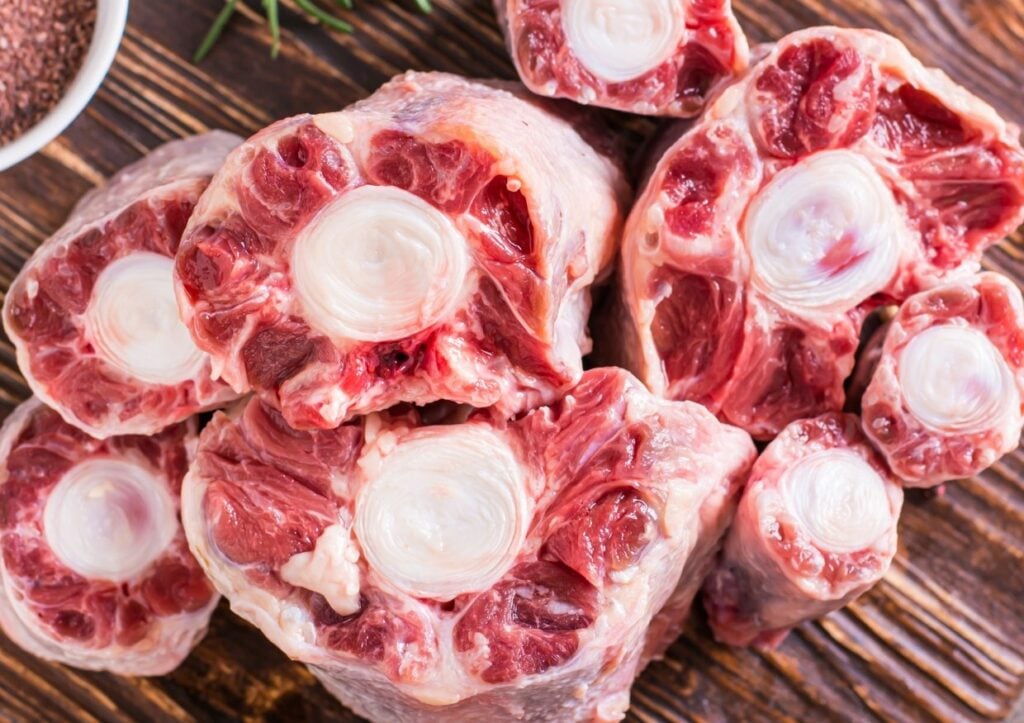
Chicken Wings
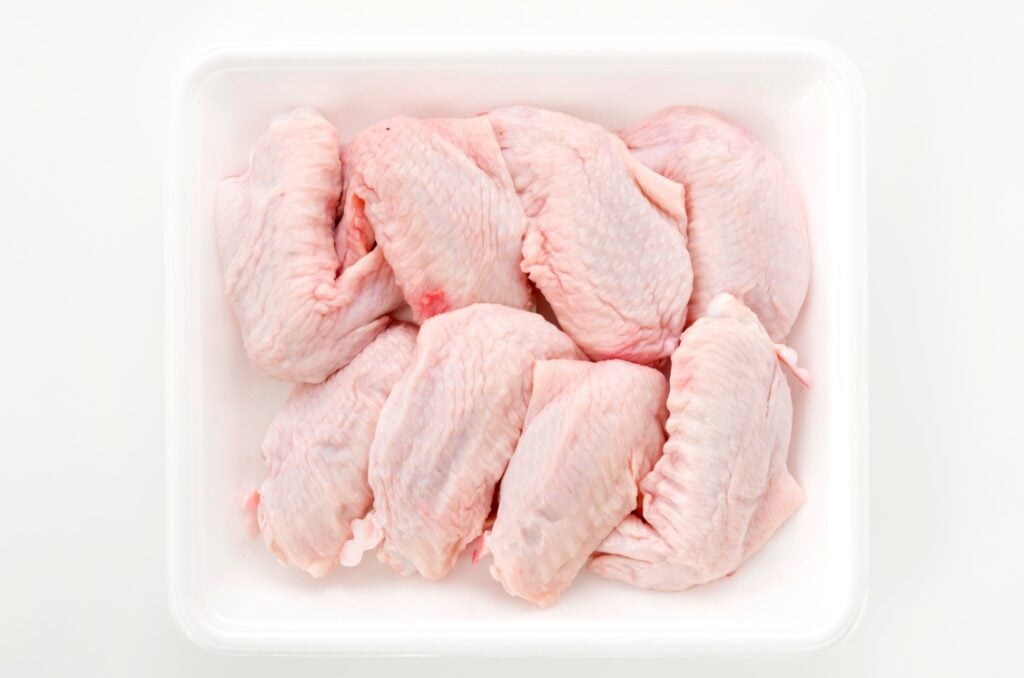
Chicken wings used to be an afterthought at grocery stores — cheap, plentiful, and usually tossed into the stock pot or given to pets. Back in the ’60s and ’70s, supermarkets sold them cheaply. If you bought a whole chicken, wings were just a throw-in, something you might cook up in soup or broth because nobody really wanted them.
Fast forward to now, and chicken wings are bafflingly expensive. What happened? First, wings gained popularity as a casual bar food, especially around big events like football games. Once bars and restaurants realized they could sell wings by the bucket, demand went through the roof. The cost started climbing, slowly but surely, as supply tried to keep pace.
Then came recent disruptions: labor shortages, higher feed costs, transportation issues, and bird flu outbreaks — all of which tightened supply, driving prices even higher. Grocers and restaurants had to pay more, and naturally, consumers got stuck with inflated prices. Now, something once nearly free at the butcher counter is often priced well above legs and closer to mid-range cuts.
Another reason wings cost so much now is that each chicken only has two — no amount of selective breeding can change that basic math. Breasts and thighs yield more meat per bird, so increasing production to meet wing demand means raising more chickens overall. More birds require more feed, space, and labor, driving up costs. So, the price spike isn’t just about popularity or disruptions; it’s rooted in the basic economics of farming: you can’t grow extra wings without growing extra chickens.
Lobster
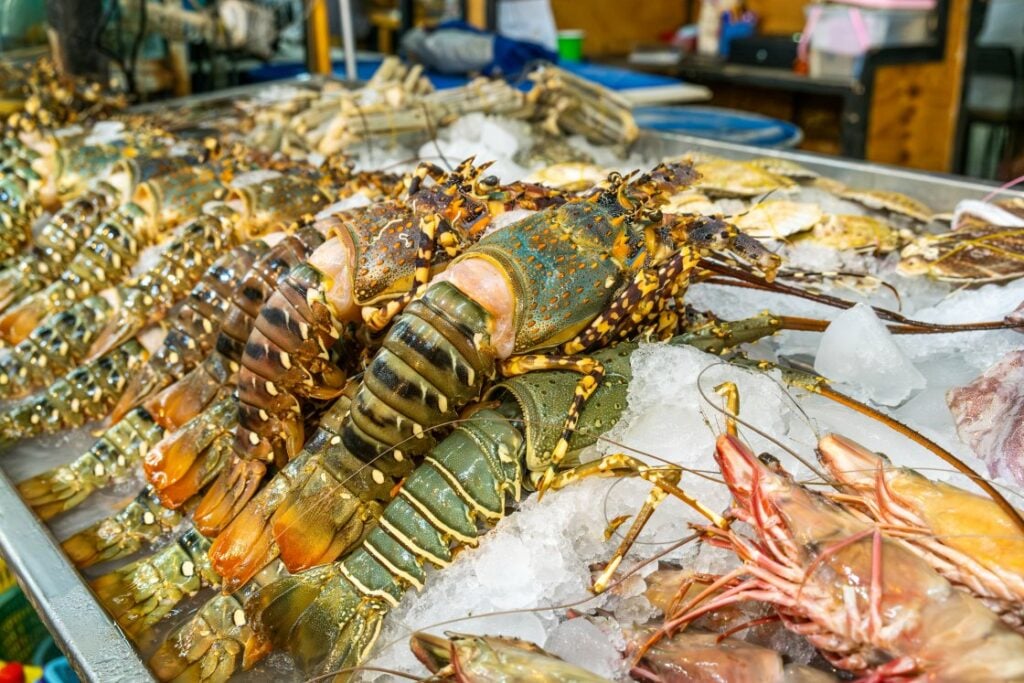
Lobster used to be so common that it was basically unwanted. In the 1700s and 1800s, people literally called it “poor man’s protein.” Fishermen scooped piles of it off beaches, fed it to prisoners and servants, and even ground it up as fertilizer. Hard to believe a food now priced like a steak dinner was once barely considered fit to eat.
Flash forward to today, lobster has somehow become the symbol of luxury dining. What changed? Transportation, refrigeration, and canning allowed lobster to reach inland areas fresh, far from the coastal towns where it was abundant. Restaurants capitalized on this new access and growing demand, inflating prices as lobster became popular.
In recent years, supply-chain issues and stricter fishing regulations have made lobster prices even more volatile. Pandemic-related disruptions meant fewer workers processing seafood, reducing availability in supermarkets and pushing up prices. Climate change is also affecting lobster supplies — warming ocean temperatures push lobsters northward and into deeper, cooler waters, making them harder and more expensive to catch.
There are still ways to keep lobster affordable if you’re careful. Buying smaller lobsters (1 to 1.5 pounds) usually costs less per pound than larger ones. Soft-shell lobsters, common in late summer and early fall, also typically cost less, although they yield slightly less meat. Watch for sales during fall, when demand is lower. If you live near the coast, buying directly from docks or local seafood co-ops can save you money, especially if you ask for “culls” — lobsters with imperfections sold at a discount. Frozen tails aren’t always cheaper, so double-check prices before assuming they’re a deal.
Brisket
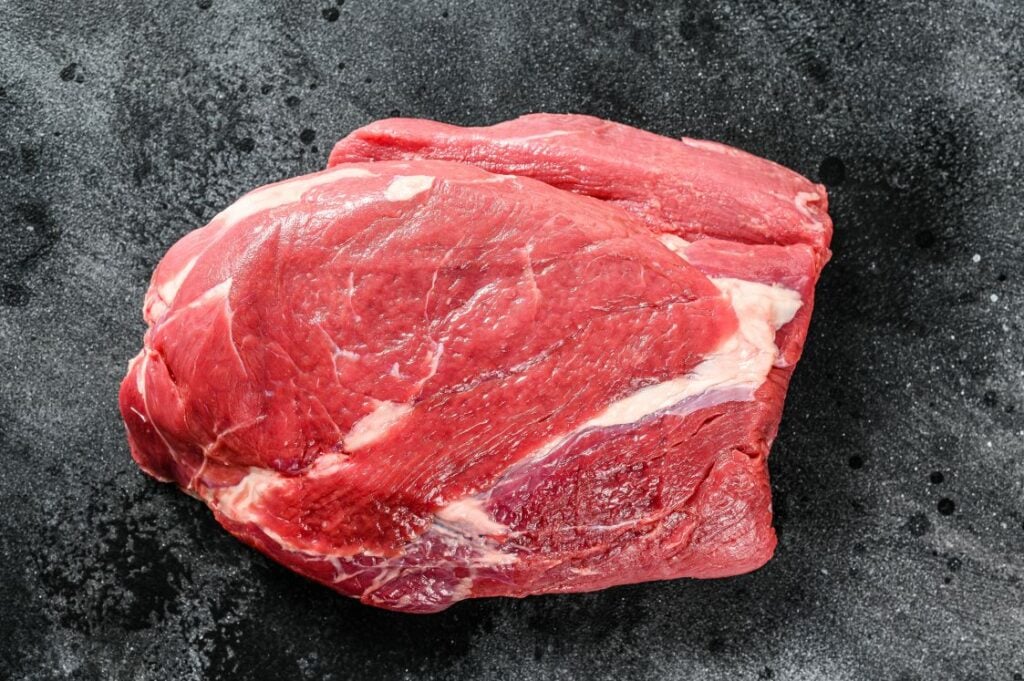
Brisket used to be one of the cheapest beef cuts you could buy. It was tough, required hours of cooking, and most people didn’t think it was worth the effort. Families bought brisket because it was affordable and stretched easily into multiple meals. Delis turned brisket into inexpensive sandwiches, and home cooks threw it in the oven or slow cooker because it was economical, not because it was special.
Fast forward a few decades, and brisket now carries a premium price tag. What happened? It starts with simple supply: every cow has just two briskets, and as barbecue culture surged in popularity, demand quickly overtook supply. Suddenly, everyone from smokehouses to national chains started competing to buy the limited available brisket.
On top of that, raising cattle has gotten more expensive overall, thanks to droughts, feed shortages, and rising labor costs. Cattle ranchers reduced herd sizes to manage expenses, further shrinking supply and driving prices even higher. What was once a budget-friendly family staple is now priced closer to steak cuts than it used to be, especially since brisket loses about half its weight during cooking, making restaurants charge even more.
The bottom line is that brisket isn’t cheap anymore because everyone wants it, there’s only so much to go around, and producing it keeps getting more expensive. If you remember brisket as an easy, affordable meal, seeing today’s price tags probably feels pretty shocking.
Short Ribs
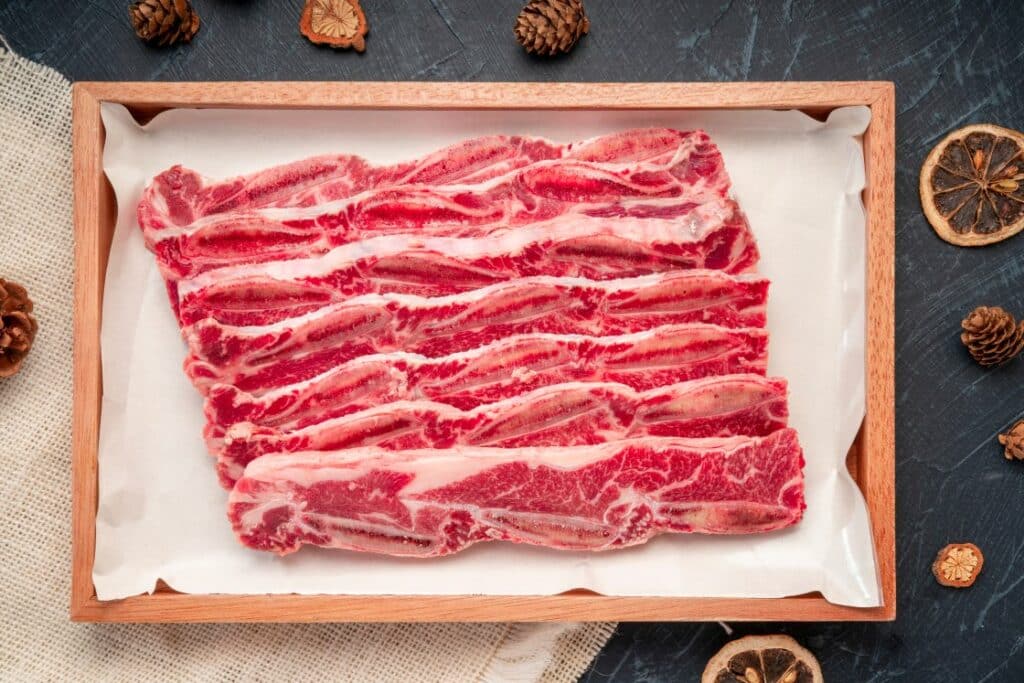
Short ribs used to be the meat counter’s best-kept secret. Butchers practically gave them away, often tossing them into discount bins or grinding them for burger meat because customers preferred leaner, quicker-cooking cuts. Short ribs were tough, fatty, and needed hours to become tender. Home cooks mostly passed them over, and restaurants rarely featured them prominently on menus.
But in the last couple of decades, chefs rediscovered short ribs and transformed them into restaurant favorites. Suddenly, the same fatty, overlooked cut became a star on upscale menus, braised slowly and plated as comfort food with a gourmet price tag. As demand went up, supermarkets quickly caught on and adjusted prices accordingly.
The price hike isn’t just about popularity. Short ribs come from a small part of the cow, typically cut from the rib or chuck area, limiting their supply. Rising beef prices overall, fueled by smaller cattle herds, higher feed costs, and more expensive labor, pushed the cost even higher. Short ribs, previously considered tough budget meat, now command premium prices because there’s limited supply and higher demand.
If the high prices make short ribs feel out of reach, there are ways to get them cheaper. Buying in bulk from warehouse stores can lower the per-pound cost. Keep an eye out for sales, especially around holidays or weekends when stores discount pricier cuts. Look for plate or chuck short ribs, which are usually cheaper than back or rib short ribs. Buying bone-in instead of boneless also saves money, and the bones add flavor. Check your store’s clearance or reduced-price section for ribs near their sell-by date. Grab those deals and freeze the meat until you’re ready to cook. You can also ask local butchers about specials or bundle pricing, which sometimes beats big supermarkets.
Oxtail
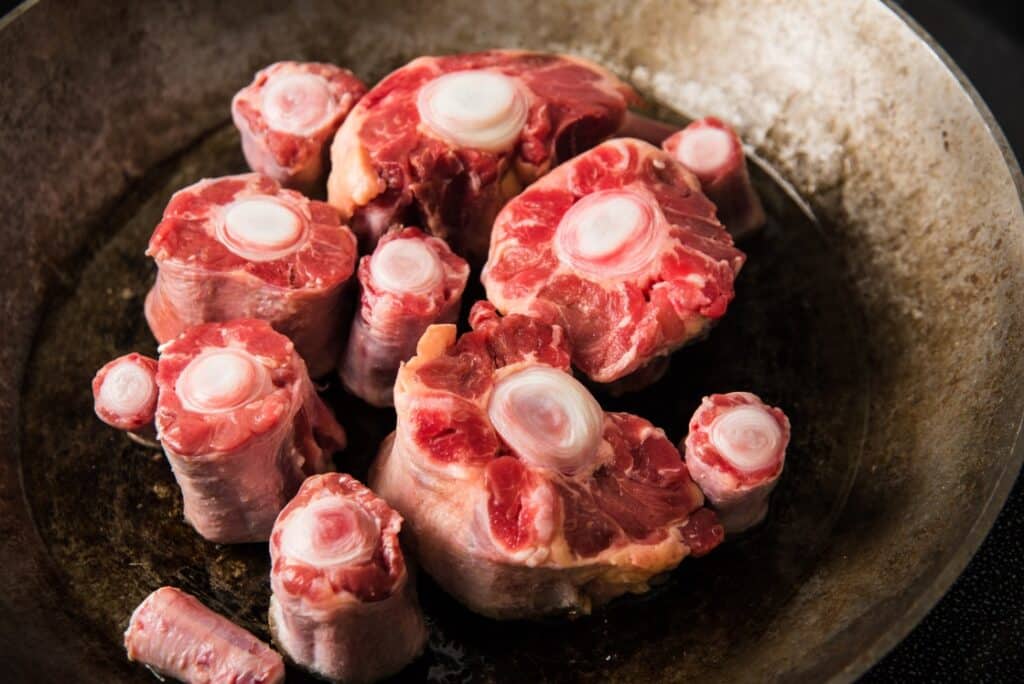
Oxtail used to be sold very cheaply, a budget-friendly cut that butchers struggled to move. Families bought oxtail because it stretched soups and stews without costing much. But now, its price has risen dramatically, turning it into one of the pricier options at the meat counter.
Part of the reason is a spike in popularity driven by social media, celebrity chefs, and growing interest in authentic global foods. Its gelatin-rich texture made it a staple in Caribbean, West African, and Korean dishes long before it hit trendy menus. Jamaican oxtail stew, Korean oxtail soup (kkori-gomtang), and hearty Nigerian oxtail pepper soup introduced many people to the cut, helping it go mainstream.
Another reason oxtail got popular: bone broth. Oxtail bones contain plenty of collagen, exactly what people look for when making broth at home. Bone broth steadily gained popularity over the last decade as a trendy, health-focused kitchen staple. With more home cooks making rich homemade broths, demand for oxtail climbed further.
The catch: each cow only has one tail, so there’s a limited supply, and increased demand quickly boosted prices. Combined with higher cattle farming costs, this surge in popularity means oxtail isn’t budget food anymore.
To find it more affordably, shop at smaller ethnic markets or independent butchers instead of chain supermarkets. Buying whole oxtails rather than smaller, pre-cut portions can also help lower costs significantly. If you’re planning ahead, stock up when you see deals, as oxtail freezes exceptionally well.
Vanilla Beans
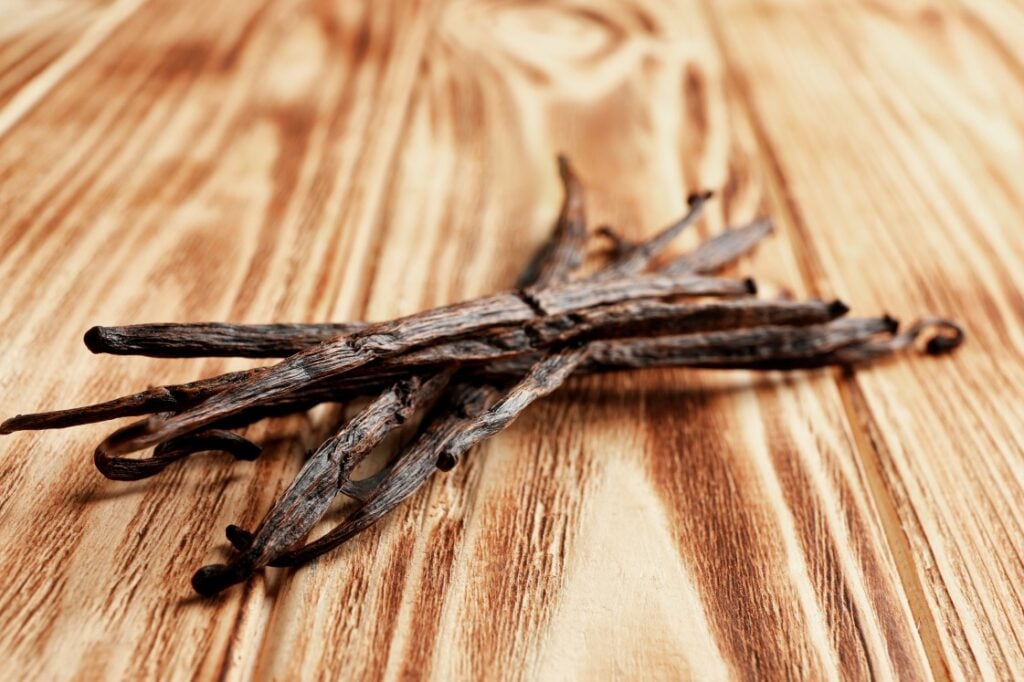
Vanilla beans were never exactly cheap, but they used to be affordable enough that regular people could bake with real vanilla. Home cooks easily bought whole beans or genuine extract without too much stress about price. These days, vanilla beans feel like a luxury ingredient — one you hesitate to toss casually into a recipe.
What happened? Mainly, vanilla prices soared because the farming is incredibly delicate and labor-intensive. Vanilla beans grow from orchids, and each flower must be pollinated by hand. That’s always made vanilla pricier than most spices, but lately, prices have been volatile — spiking after storms, easing when oversupply hits. Madagascar, the main producer, has faced repeated cyclones and unpredictable weather, creating frequent shortages.
Another reason for high prices is that there’s no quick fix when vanilla crops fail. Vines take around three years to bear fruit, pods need another eight to nine months to mature, plus months of curing afterward. When storms or crop problems hit, growers can’t quickly recover. This makes supplies inconsistent, causing ongoing price fluctuations.
To cope with these high prices, many cooks rely on alternatives, like artificial vanilla flavoring or vanilla bean paste. Most everyday vanilla flavoring used in the U.S. is synthetic anyway, so paste or imitation can be a great budget move for baking. Buying vanilla beans or real extract in bulk also helps cut costs, especially if you split a larger order with others. Even with these adjustments, real vanilla remains far pricier than anyone thought it would ever get.
Avocados
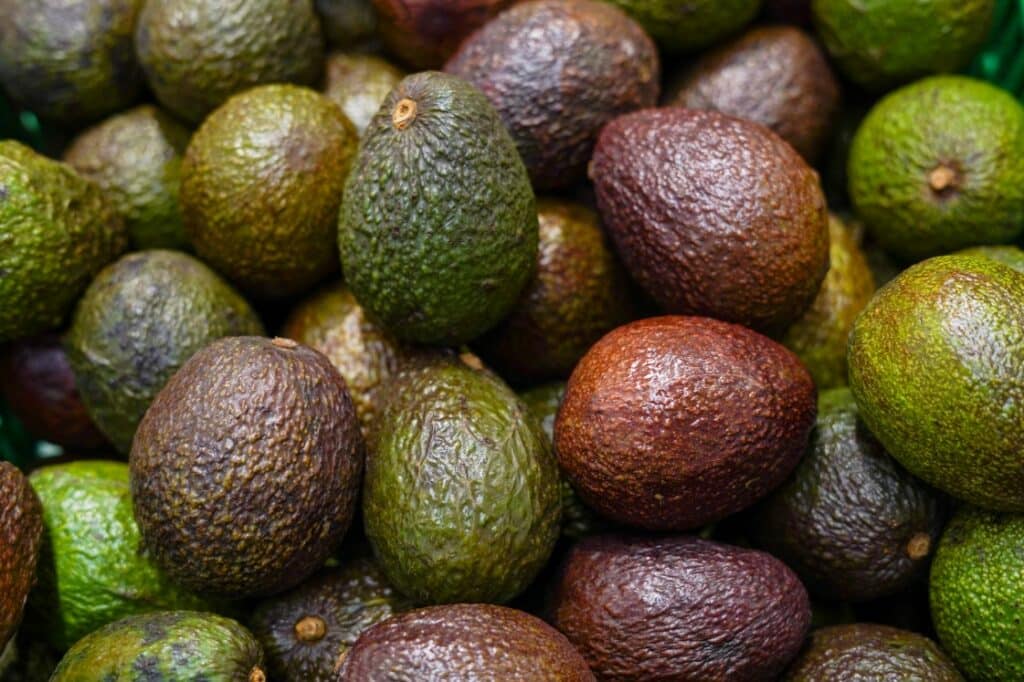
Avocados weren’t always the pricey, trendy fruit they are now. Decades ago, they were cheap and plentiful, mainly popular in areas where they grew easily, like California or Florida. Most other places saw them as specialty produce, used occasionally, but certainly not expensive.
Today, avocado prices swing between affordable and shockingly expensive with little warning. Part of this comes from massive global demand. Avocados gained popularity in the U.S. largely due to health trends, influencer culture, and dishes like avocado toast, smoothies, and salads becoming everyday foods instead of occasional treats. Prices rose when demand outpaced supply, then dipped when big harvests hit.
But the price hikes aren’t just about demand. Avocados are tricky to grow — they need a lot of water and the right kind of weather. When drought hits places like California or Mexico, farmers struggle to produce enough, which makes prices jump. Labor shortages and higher shipping costs also bump up prices. On top of that, inspections or changes in import rules can cause temporary shortages, adding even more ups and downs to avocado prices.
To keep enjoying avocados without overspending, buy smaller fruit, which is often cheaper per piece. Bagged avocados usually give you the best overall value. You can also buy them unripe, when they’re typically cheaper, and ripen them yourself at home. Paying attention to seasonal pricing can help manage costs, too.
Information included in this article is based on personal cooking experience, general knowledge, and data from reputable sources, including USDA, Associated Press, Reuters, and industry reports.
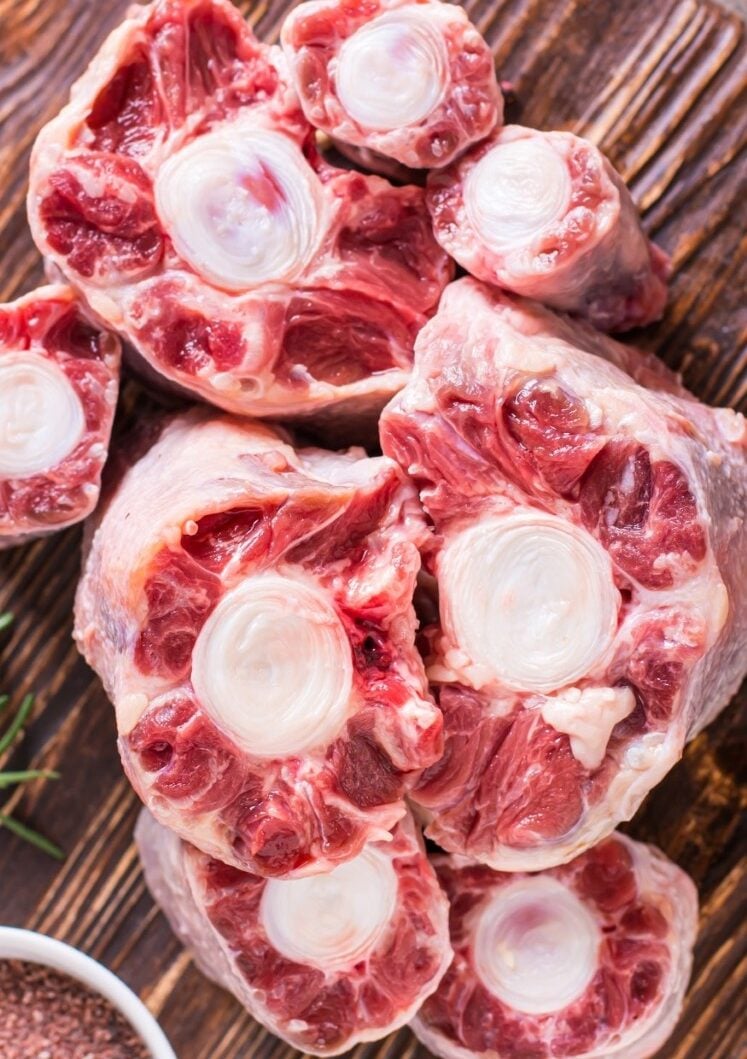


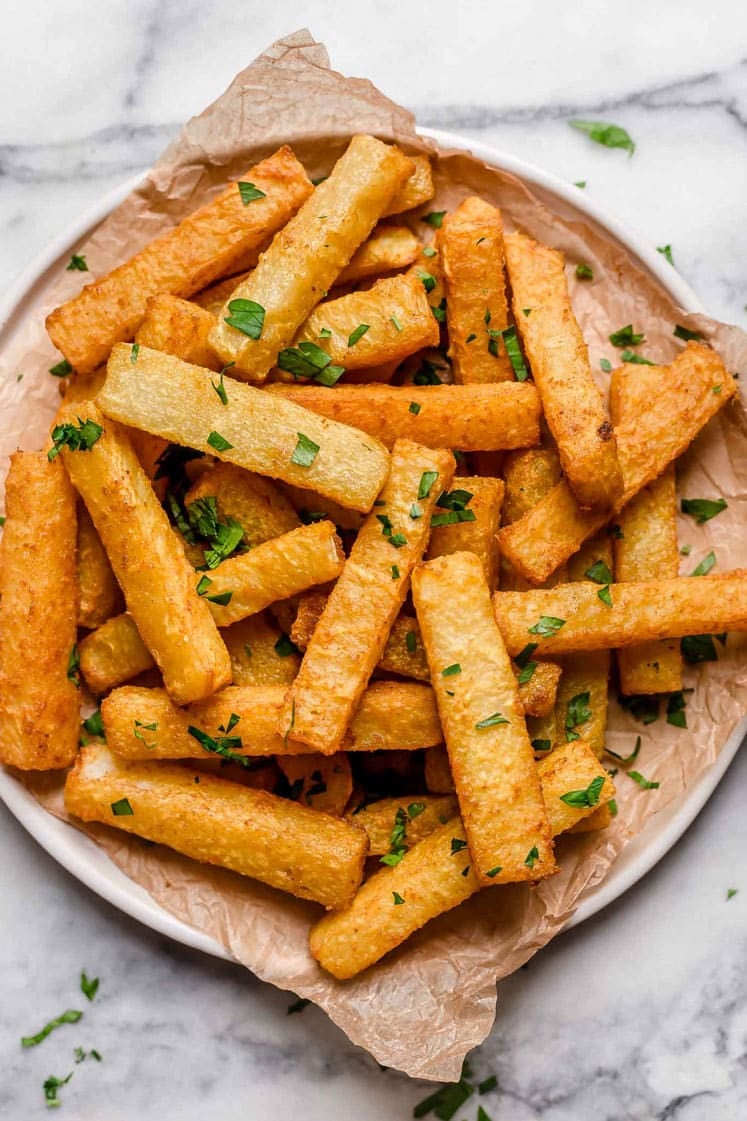
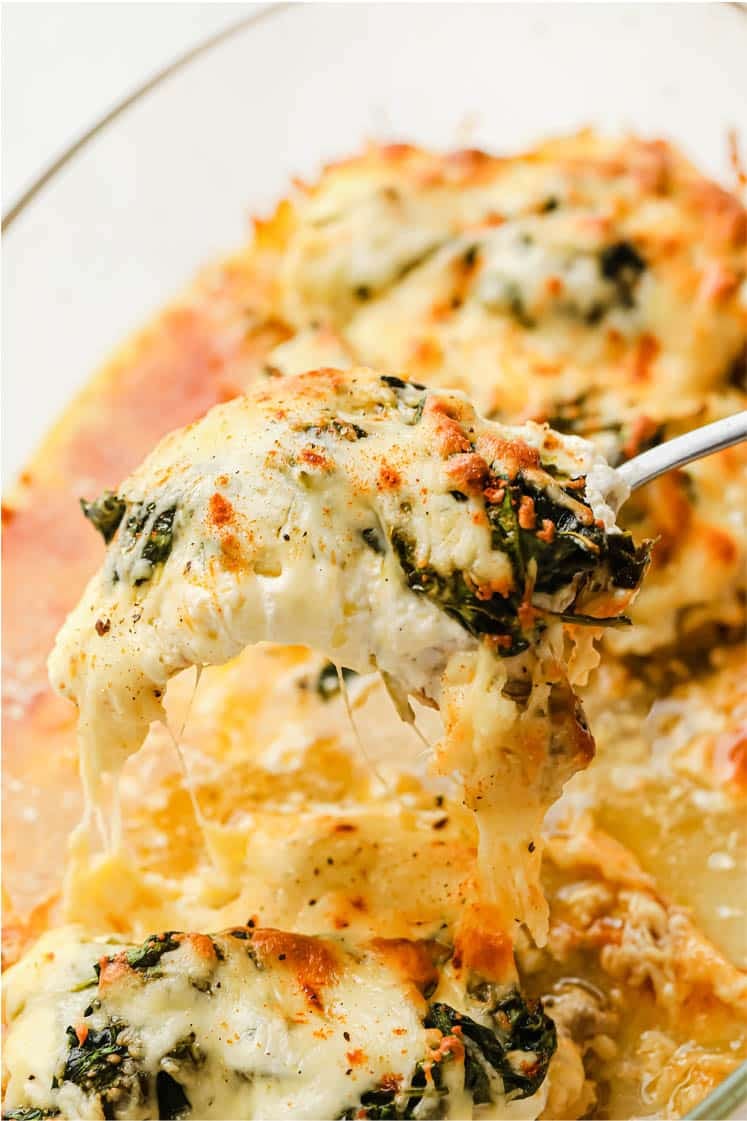
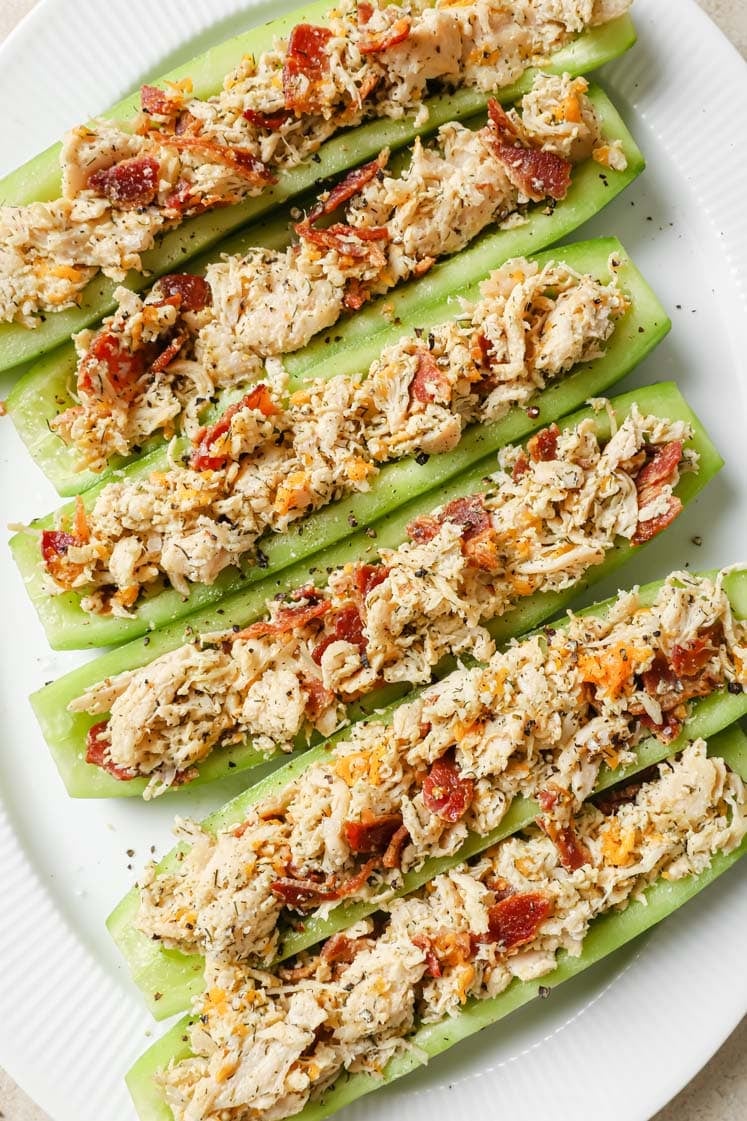
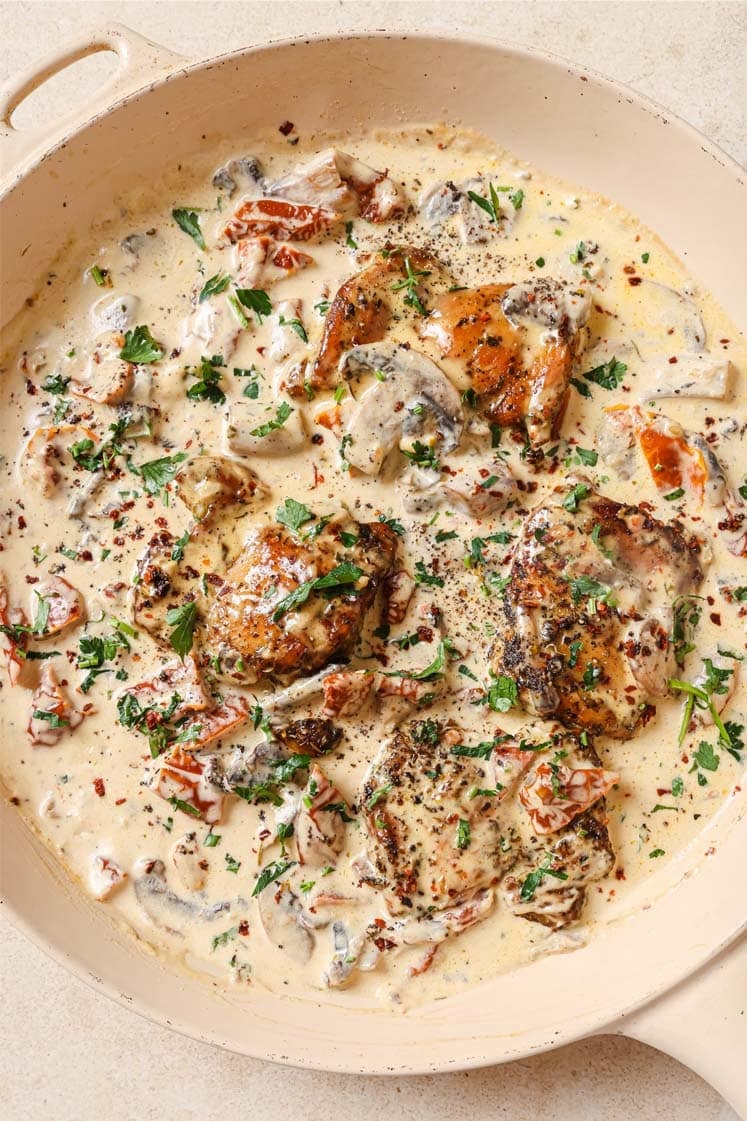
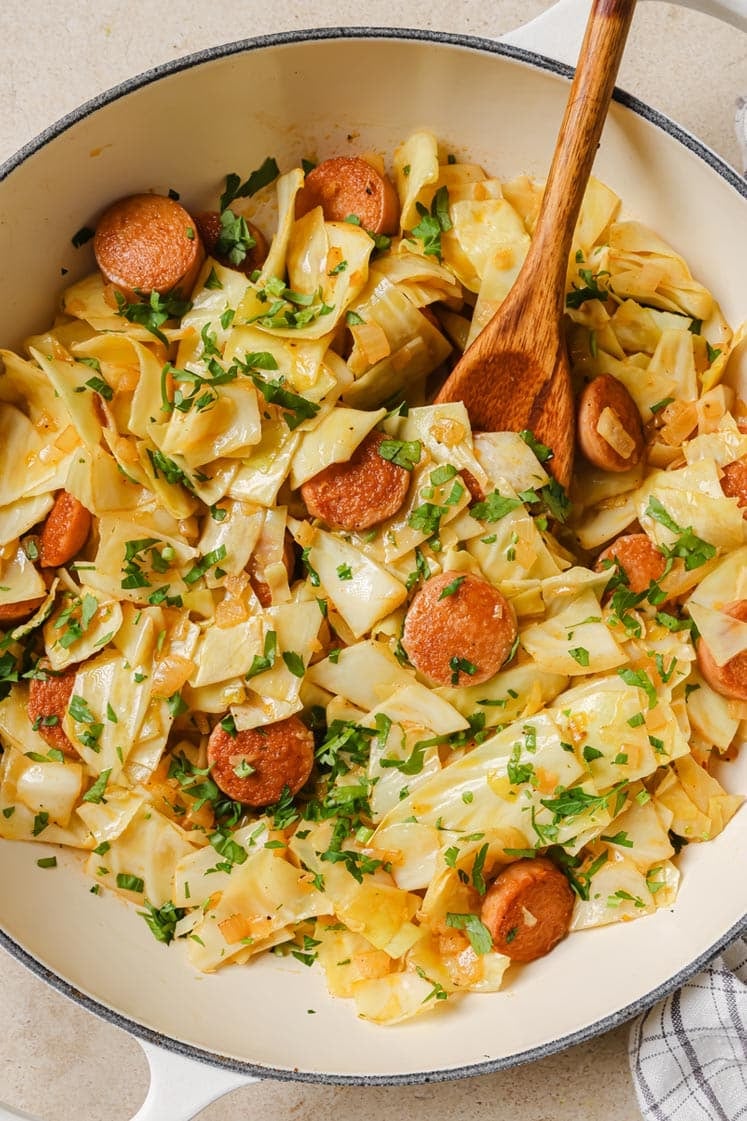
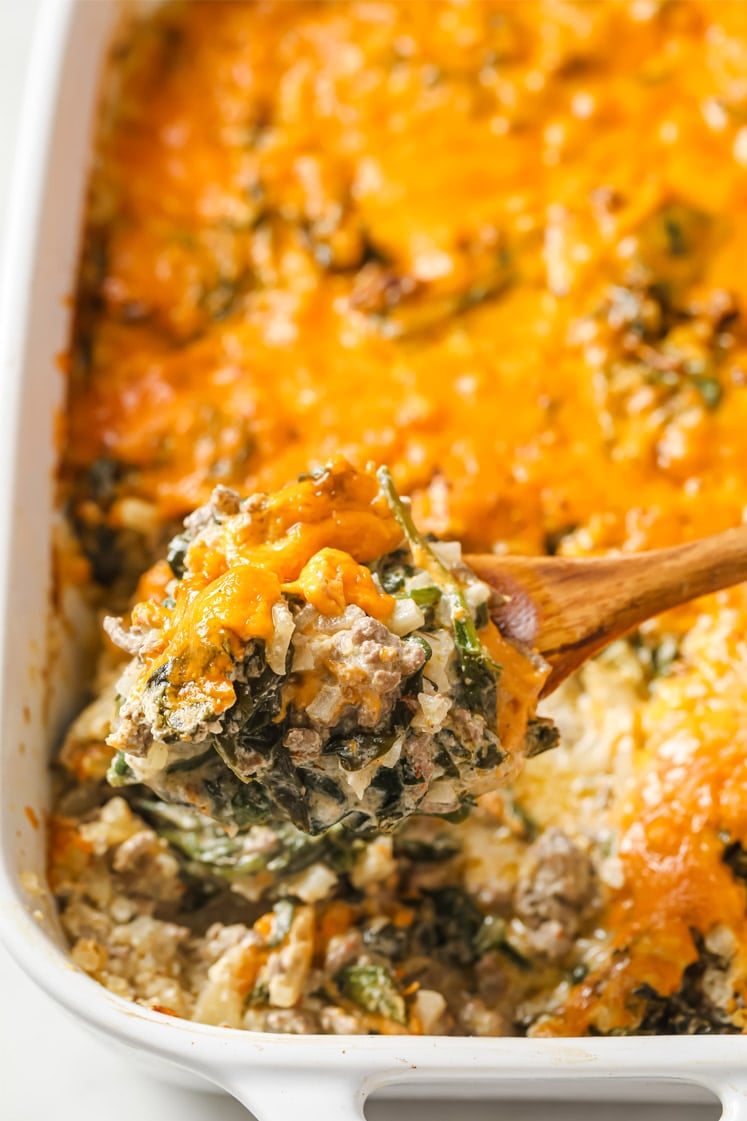
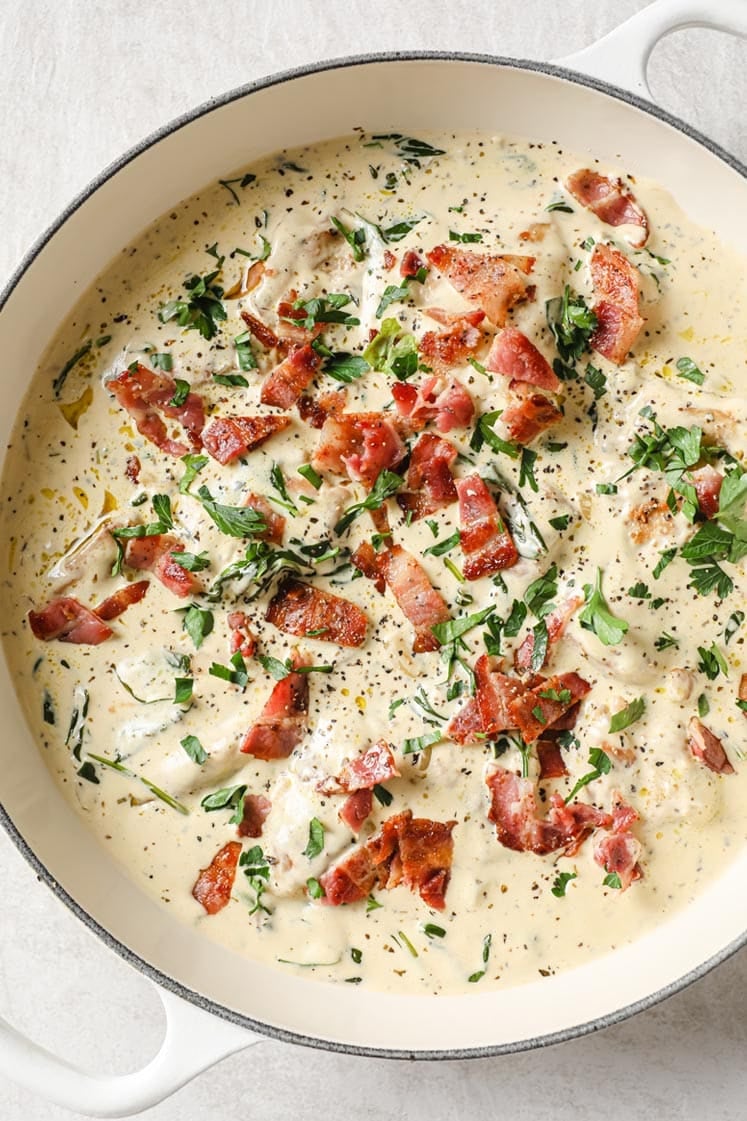

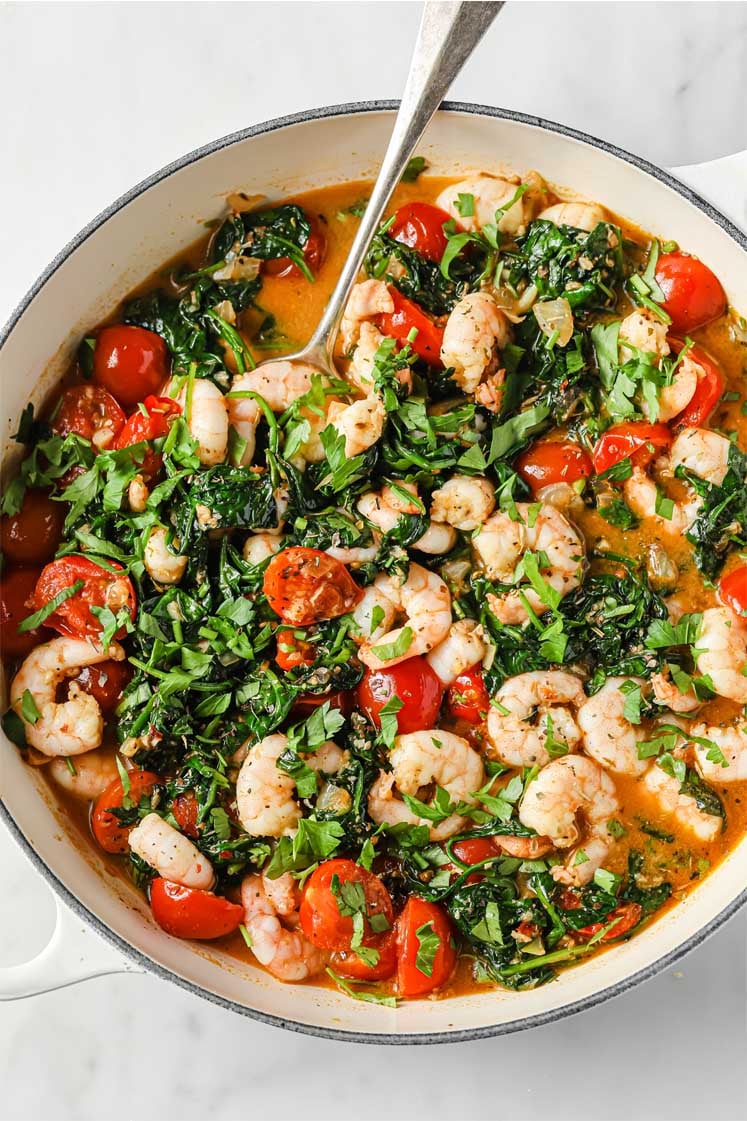

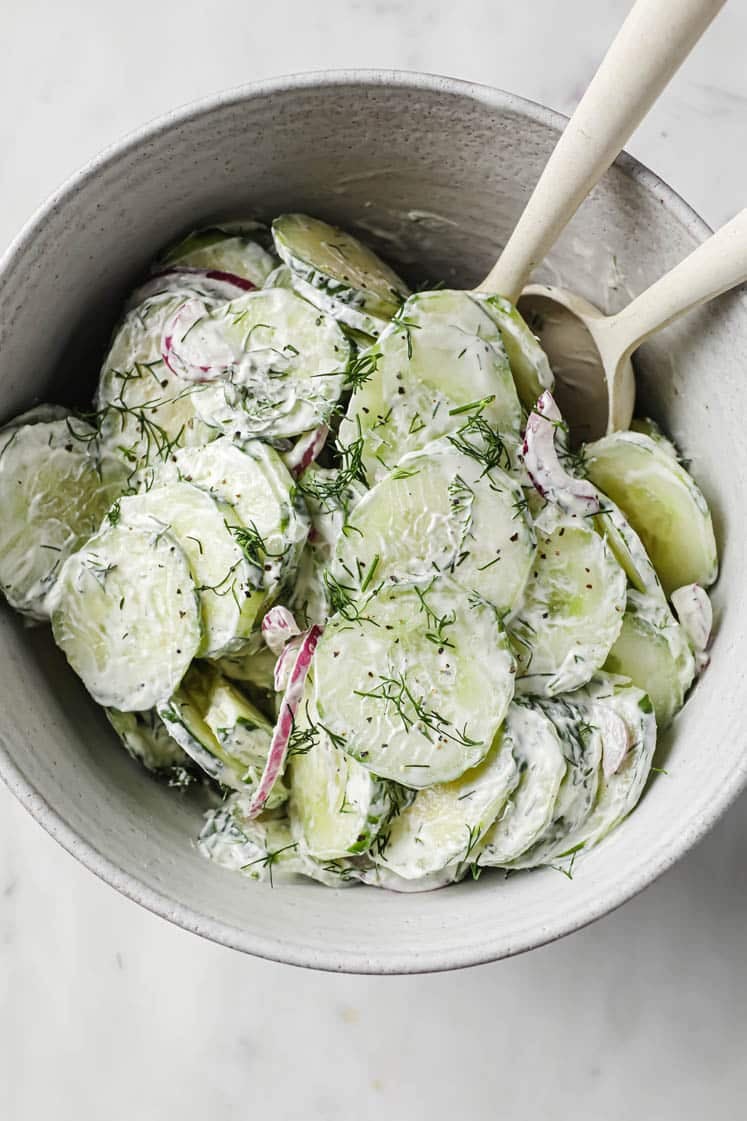









Leave a Reply